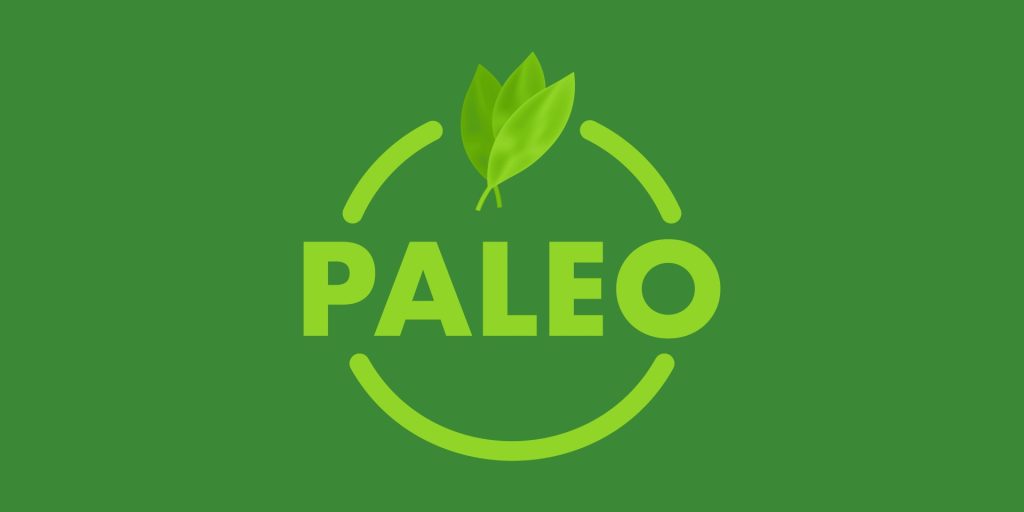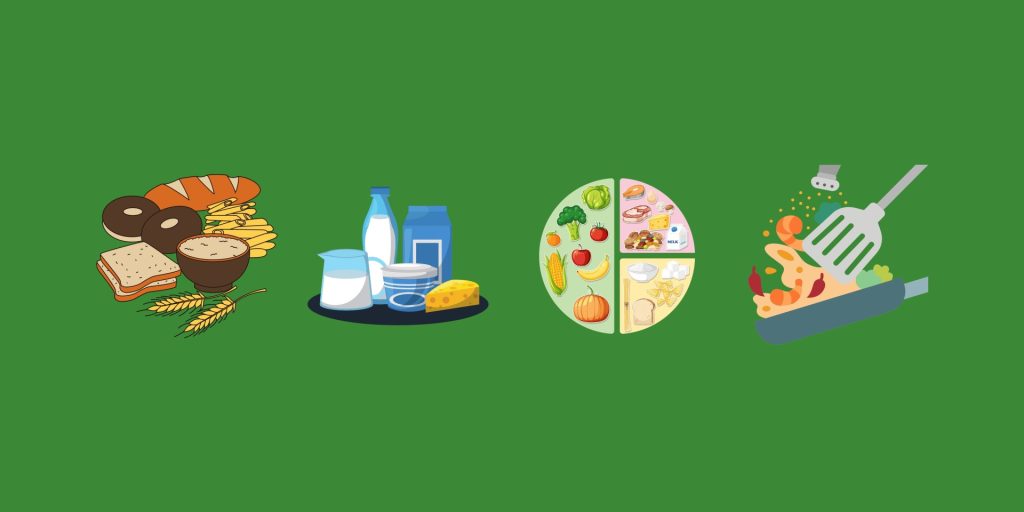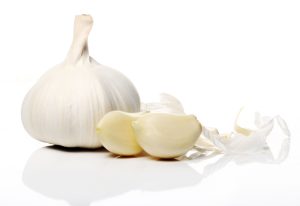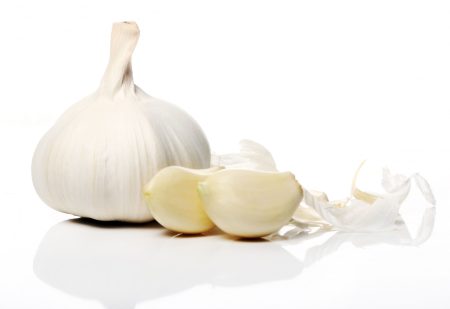Table of Contents
In the ever-evolving landscape of dietary lifestyles, the Paleo diet stands as a testament to our primal roots. While rooted in the ancestral eating patterns of our hunter-gatherer forebears, the modern interpretation of the Paleo diet brings a nuanced perspective to the table. This article delves into the intricate details of the Paleo diet, exploring its foundational principles, contemporary variations, and the potential impact on overall health and well-being.
Foundations of Diet

The Paleo diet, often dubbed the “caveman diet,” draws inspiration from the dietary habits of our Paleolithic ancestors. The primary premise is to emulate the nutritional choices that sustained our predecessors before the advent of agriculture. The core principles include:
- Whole, Unprocessed Foods Foundation: The Paleo diet centers around whole, unprocessed foods, prioritizing lean meats, fish, fruits, vegetables, nuts, and seeds while excluding processed and refined foods.
- Lean Protein Emphasis: Strong focus on lean protein sources like grass-fed meats, poultry, fish, and eggs for essential amino acids crucial for muscle growth and repair.
- Abstinence from Grains and Legumes: Unique by excluding grains and legumes, the diet argues that these introduced food groups may not align with optimal human nutritional needs.
- Healthy Fats Inclusion: Integrates healthy fats from avocados, olive oil, and nuts, believed to contribute to satiety and energy, resembling ancestral fat sources.
- Dairy Exclusion: Typically excludes dairy, with some versions allowing grass-fed butter or ghee, citing potential lactose intolerance and absence in the ancestral diet.
Modern Variations and Nuances

As the Paleo diet gained popularity, it underwent adaptations to accommodate modern tastes, preferences, and nutritional insights. Several variations have emerged, adding a layer of flexibility to the once-rigid framework:
- Pseudo-Grains Inclusion: Some modern interpretations of the Paleo diet permit nutrient-dense pseudo-grains like quinoa and buckwheat, offering alternatives for a grain-like texture.
- Flexible Dairy Stance: While purists exclude dairy, modern Paleo may incorporate limited high-quality dairy, recognizing potential benefits while preserving the diet’s essence.
- Balanced Macronutrient Ratios: Traditional Paleo leans towards higher protein, but modern variations adjust ratios to accommodate individual needs, allowing flexibility in fat and protein proportions.
- Culinary Creativity: The modern Paleo movement embraces culinary creativity with creative substitutes like cauliflower rice and zucchini noodles, expanding meal options while honoring the diet’s principles.
Benefits of the Paleo Diet:

Nutrient-Density and Whole Foods
The Paleo diet is a nutrient-dense, whole-food approach that emphasizes fruits, vegetables, and lean proteins. This diet provides essential vitamins, minerals, and antioxidants, promoting overall health. It aligns with the Paleo lifestyle philosophy, emphasizing the nutritional quality of every meal to optimize well-being. This wholesome diet is a robust dietary choice for overall health.
Blood Sugar Regulation
The Paleo diet is a dietary approach that eliminates refined sugars and processed carbohydrates, promoting stable blood sugar levels. This is particularly beneficial for those with insulin sensitivity or those at a higher risk of type 2 diabetes. The diet’s focus on whole, unprocessed foods prevents rapid spikes and crashes in blood sugar, promoting a more balanced glucose response. This sustainable approach to blood sugar regulation contributes to overall metabolic well-being and can be used as a preventive measure or a solution to existing concerns.
Improved Digestive Health
The Paleo diet, which excludes grains and legumes, has been shown to improve digestive health by reducing the intake of anti-nutrients and potentially irritating compounds. These foods can interfere with nutrient absorption and cause digestive discomfort in susceptible individuals. The Paleo diet aims to create a healthier environment for the digestive system. While some individuals have shown promise in alleviating digestive issues, it’s important to note that individual responses to dietary changes can vary, and consulting a healthcare professional is recommended for personalized guidance.
Weight Management
The Paleo diet is known for its potential in weight management due to its focus on protein-rich foods and healthy fats. This diet creates a satisfying and nourishing eating experience by incorporating lean meats, fish, eggs, avocados, and nuts. Protein-inducing a feeling of fullness can curb excessive calorie consumption. The diet also emphasizes healthy fats, which contribute to satiety and help reduce calorie intake. However, individual responses to dietary strategies vary, and consulting a healthcare professional or nutrition expert is recommended for personalized advice on weight management goals.
Potential Anti-Inflammatory Effects
The Paleo diet, a diet focusing on whole, unprocessed foods and anti-inflammatory fats, has the potential to reduce inflammation and benefit those with inflammatory conditions. It includes fruits, vegetables, lean proteins, and healthy fats like avocados and olive oil. Incorporating omega-3 fatty acids into the diet creates an internal environment that may mitigate inflammation. However, dietary changes should be considered for individual health conditions.
Conclusion
The Paleo diet, a journey back to our ancestral dietary roots, has evolved into a nuanced and adaptable lifestyle choice. Balancing the principles of unprocessed, whole foods with the practicalities of modern life, the Paleo diet invites individuals to explore a mindful and deliberate approach to nutrition. While not without its critiques, the diet’s emphasis on nutrient-dense choices and potential benefits make it a compelling option for those seeking a connection between their dietary choices and a sense of well-being. Ultimately, adopting a thoughtful and flexible stance allows individuals to harness the positive aspects of the Paleo diet while navigating the dynamic landscape of modern nutrition.
Also Read: Unveiling the Power of Intermittent Fasting: Crafting an Effective Schedule for Wellness
Quick Answers
Is the Powerful Paleo Diet suitable for vegetarians?
The Powerful Paleo Diet offers adaptability, making it suitable for vegetarians. Focus on plant-based proteins, nuts, and seeds to align with dietary preferences.
How fast can I expect results on the Powerful Paleo Diet?
Results vary, but many individuals report noticeable changes in energy levels and weight within a few weeks of embracing the Powerful Paleo lifestyle.
Are cheat days allowed on the Powerful Paleo Diet?
While occasional indulgences are acceptable, the focus is on long-term consistency. Moderation is key to maintaining the integrity of the diet.






